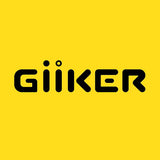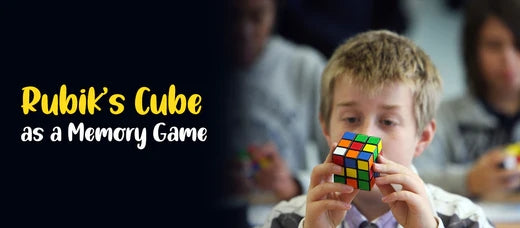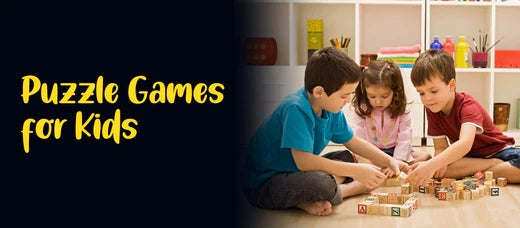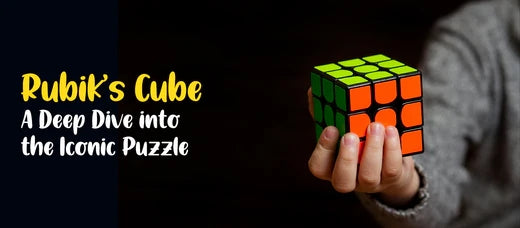Since its creation, the Rubik's Cube has been an apparently simple memory game and a sophisticated puzzle. It has captivated millions of people across the world. The cognitive benefits of cubing have piqued the interest of scholars and amateurs alike. They made the activity appealing on many levels.
Here we will investigate the role of Rubik’s cube in Memory Development. We will also consider the possibility solcing this bright cube is more than just a fun diversion. Hope you'll find it helpful!
Rubik's Cube:
The Rubik's Cube, a three-dimensional combination puzzle. Ern Rubik, a Hungarian architect and professor, created it in 1974. Now this cube has become a cultural icon representing intellectual challenge and pleasure. There are nine identically coloured squares spread across the cube's six faces. White, yellow, blue, green, red, and orange are common examples of these hues.

Objective
Turning the cube's faces is the principal method for rearranging the smaller squares' placements. Twisting each side can be done in one of four ways: clockwise, anticlockwise, a full 180 degrees, or no way at all. The task at hand is to return the cube to its original state, in which each face displayed a single colour.
Internal Mechanism
Each side of the cube may rotate independently thanks to a mechanism included into the design. The mechanism consists of a number of linked parts and a central pivot, allowing the cube to twist and turn. The Rubik's Cube may look easy to solve, but the trickiness of its principles makes it a good mental exercise.
Solution Techniques
Combining logical and spatial reasoning with the memorising of predetermined sequences of moves. These sequences are algorithms which are required to solve the Rubik's Cube. There are many other approaches to solving problems. These methods of memory game are developed by the experts. Each methods has its own unique set of algorithms and strategies. Speedcubing is the art of solving a Rubik's cube as quickly as possible. It has become a popular competitive sport with events hosted all over the world.
Cultural Effects
The Rubik's Cube has become more than just a puzzle; it has become a cultural phenomenon and a representation of the pursuit of knowledge. Many cubing-specific organisations, contests, and online communities attest to the sport's continued appeal.
Educational Importance
The educational community has come to appreciate the Rubik's Cube memory game. It has the potential to improve spatial intelligence, memory, and other cognitive abilities. The cube provides a fun and interactive means of honing these abilities.
Role of Rubik’s Cube in Brain Development
At first glance, it may seem like solving a Rubik's Cube is nothing more than a series of twists. These turns necessitate some combination of spatial awareness and patience. However, beneath the surface, the puzzle demands a strategic approach. This kids memory game improves problem-solving skills and the ability to visualise and manipulate three-dimensional space. This unique blend of challenges has led to the exploration of the cognitive benefits associated with cubing.
Enhancing Spatial Intelligence
The improvement of spatial intelligence is a clear link between cubing and intelligence. As cubers navigate the intricate twists of the cube, they engage in a mental mapping process. It also visualize and understand the spatial relationships between the different colored cubies. According to research, those who solve Rubik's Cubes frequently have enhanced spatial cognition.
Cognitive Flexibility and Problem-Solving Skills:
It takes more than just spatial intelligence to solve a Rubik's Cube; you also need to be a quick thinker and an expert problem solver. Strategic thinking is required of cubers, as they must consider the outcomes of each move and adjust their approach as the cube changes. The ability to think quickly on one's feet and solve problems in novel ways is a hallmark of high intellect. And this dynamic approach to tackling problems helps nurture this essential trait.

Memory Enhancement:
The ability to recall information is also crucial to cubing success. To solve problems more quickly, it helps to be able to memorise and recall methods, patterns, and sequences. Improvements in both short-term and long-term memory can be achieved by consistent practise. It has many practical applications in everyday life and the workplace.

Focus and Concentration:
Concentration and focus are essential for successful cubing. Because of the complexity of the cube, the cuber is forced to pay attention to every aspect of the puzzle at all times. This improved focus isn't useful for cubing. It can carry over into other aspects of life where you need to pay close attention for extended periods of time.
The Connection with Mathematical Aptitude:
Researchers have wondered if there's a link between solving the cube and being good at math. The algorithms and mathematical principles embedded in the solving methods. It includes the CFOP method, align with mathematical problem-solving approaches. Cubers have an affinity for algorithms and logical thinking extends to mathematical challenges. There is a potential link between cubing and mathematical intelligence.
Focus and Concentration:
The cognitive benefits of solving the Rubik's Cube kids memory game are due in part to the physical challenge of the task. Precise twists and turns call for a high level of hand-eye coordination. It is a fine motor ability that aids in the development of general mind-body coordination.
The Connection with Mathematical Aptitude:
The cubing community provides a special social setting with the intellectual advantages. Opportunities for social engagement and the exchange of ideas can be found in:
- cubing competitions,
- internet forums, and
- collaborative solution sessions.
Participating in the cubing community is a great way to meet other puzzle solvers. Just learn new techniques for this kids memory game, and develop friendships.
Conclusion:
As the role of cubing in memory development has been revealed, it is clear that solving a Rubik's Cube is more than a fun pastime. The cognitive benefits connected with cubing encompass
- spatial intelligence,
- problem-solving skills,
- memory enhancement,
- focus,
- mathematical aptitude, and
- mind-body coordination.
The colourful cube continues to attract minds around the world. Scientists and teachers are investigating its potential for use in the classroom as kids memory game.
In the end, the Rubik's Cube is a tangible symbol of the point where fun and brain teaser meet. Cubing, whether done for fun or as part of a curriculum, is a powerful example of the many facets of intelligence. There are many ways in which simple activities can contribute to cognitive enrichment.



